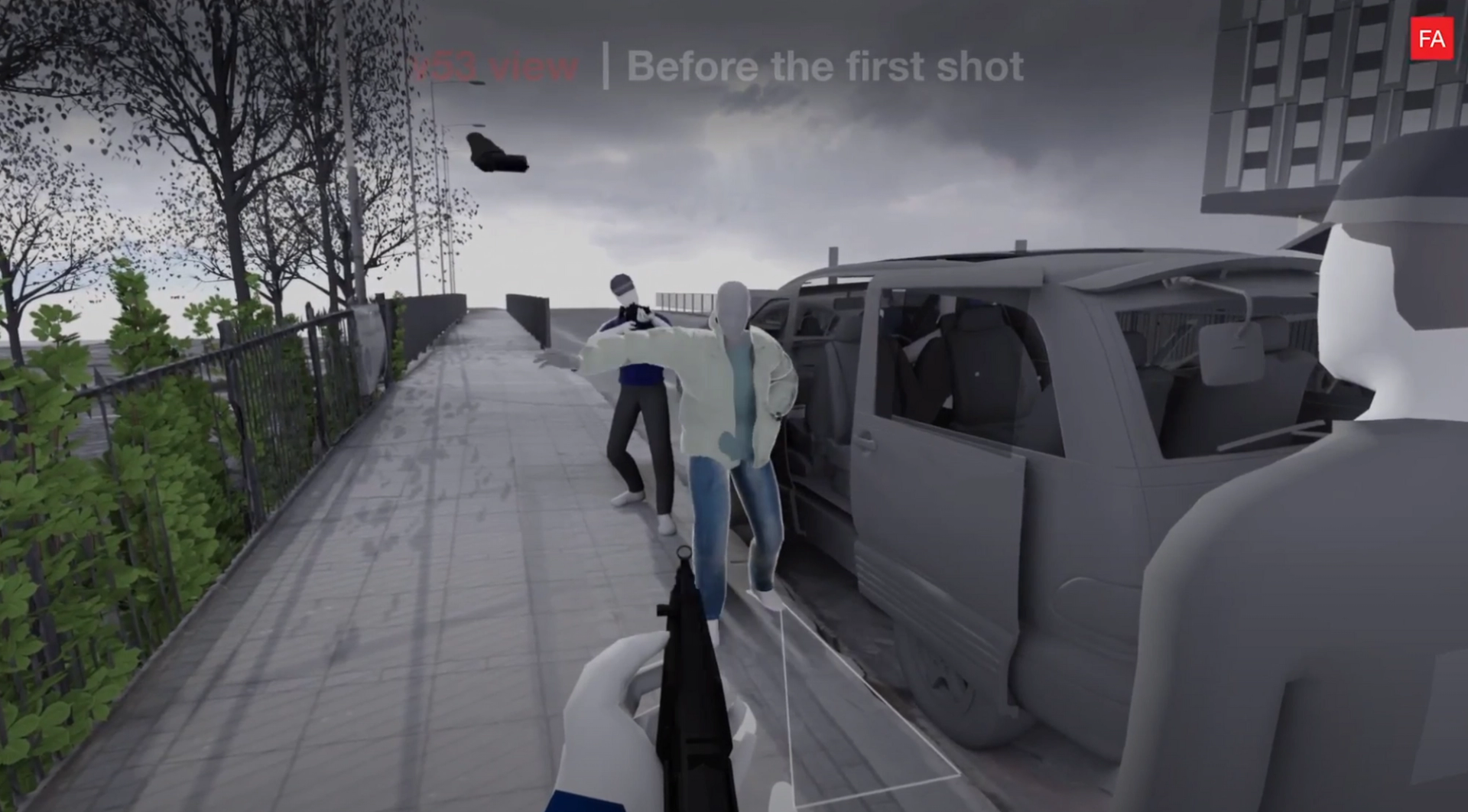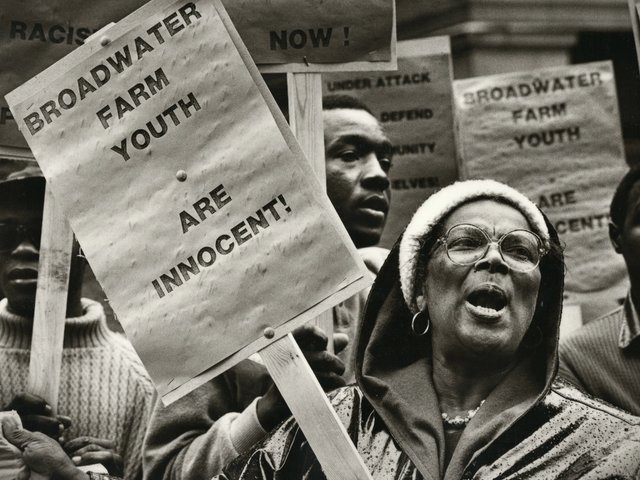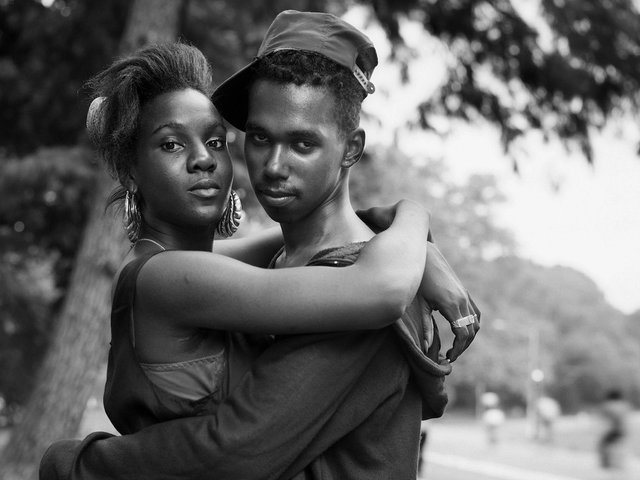The Killing of Mark Duggan by Forensic Architecture © Forensic Architecture
The official investigation into the police shooting of Mark Duggan in Tottenham, north London in 2011 could be reopened after a new technical report was published yesterday by the Turner Prize-nominated art and research group Forensic Architecture, which sets out how Duggan could not have been armed when he was killed by an undercover officer.
The shooting of 29-year-old Duggan, and the subsequent handling of the incident by police, sparked some of the biggest riots in modern English history, resulting in five deaths and more than 3,000 arrests over the course of four days in August 2011.
Originally commissioned by the lawyers representing Duggan’s family, Forensic Architecture has spent the past year producing a video investigation and virtual reality environment using witness testimonies, videos and images, hand-drawn plans and expert reports to examine the moments surrounding Duggan’s killing.
Their findings, first reported in the Guardian newspaper, now cast doubt over the 2014 inquest, which returned a lawful killing verdict, as well as undermining the conclusions of the Independent Police Complains Commission (IPCC), which in 2015 found that Duggan had been holding a gun and had thrown it into the grass more than seven metres away as he was shot twice.
According to a letter sent on 5 June, the Independent Office for Police Conduct says it is currently assessing whether the new reports provide “compelling reasons” to reopen the investigation.

Forensic Architecture's 3D modelling of the moment Mark Duggan was shot and killed by police Forensic Architecture
“We feel the evidence is certainly compelling,” says Bob Trafford, a researcher for Forensic Architecture. He says that the worldwide protests following the murder of George Floyd at the hands of US police has made their research all the more urgent. “We were working on the final production parts of this film and we were hearing chants of Mark Duggan's name on the streets again during the Black Lives Matter protests. We wanted to support that,” he says.
Key to the new findings is a report by the biomechanics expert Jeremy Bauer, who estimates that, in order for the gun to have landed seven metres away in the grass, “it would have had to have been thrown at an angle of 31-40 degrees at around 6.7m per second”.
During the inquest, V53, the officer who shot Duggan, described in detail the gun in Duggan’s hand, although he also said he did not see Duggan throwing it. As the officer put it himself: “It would clear up a hell of a lot of stuff if I was able to say ‘yes, I saw the gun fly through the air and it landed wherever’. But I didn’t see it.” None of the other three officers in close proximity to Duggan saw him toss the firearm away.
Is it possible, then, V53 could have missed the firearm being thrown? In a bid to find out, Forensic Architecture recreated the whole scene in VR, finding that “in each scenario, the required throwing motion would have been clearly visible to V53”. In fact, the research group says, “it is unlikely that Duggan could have physically made such a motion”.
In his forensic pathology report commissioned by the IPCC, Derrick Pounder also said he could “not conceive of how Duggan might have thrown the gun. It is unlikely that Duggan could have thrown the gun after he was shot in his arm”.
There are two remaining scenarios, according to Forensic Architecture’s report. The first is that Duggan threw the gun as soon as he got out of the minicab in which he was stopped—but Forensic Architecture calculates that just 1.5 seconds elapsed between Duggan leaving the vehicle and being shot twice and killed. The second is that the firearm was moved by police officers. Crucially, Duggan could not have been holding a gun at the moment he was shot, the new research finds.
Forensic Architecture first presented their investigation at a meeting hosted by the advocacy group, Tottenham Rights, in Tottenham Town Hall last November. Tottenham Rights is organising an exhibition this autumn on community responses to police violence in London at the Institute of Contemporary Arts.
Speaking at the event, Stafford Scott, the founder of Tottenham Rights and co-organiser of the exhibition, described the meeting as a chance to reflect on the 2011 riots but also an opportunity to look to the future.
He said: “It’s not just about our past, the past that most of you know about, this meeting is about the future, how we defend out community, how we find new partners as we fight the state. It’s about how we might save and protect people going forward.” He added: “The struggle is hard and long and difficult. It is a tortuous road.”
Scott’s 62-year-old brother, Millard Scott, was tasered by police in his own home in April. In an interview with ITV News this week, Millard Scott said he was “lucky to be alive” and still walks with limp, almost two months after falling down the stairs as a result of the tasering. The Met denies racism or wrongdoing, but calls for an investigation are growing.



